Author: Steve Thanos
In its purest form, beer is made from just four basic ingredients – water, malt, hops, and yeast. While brewers have come up with myriad methods for extracting relatively high amounts of sugar from malt, sticking solely to these ingredients poses a few issues, for example increased body and decreased attenuation. As such, many brewers, at least those comfortable bucking tradition, have opted to replace some of the malt in certain recipes with basic table sugar, claiming it increases alcohol while minimally impacting aroma, flavor, or mouthfeel.
Table sugar, or sucrose, is a disaccharide consisting of glucose and fructose that’s essentially 100% fermentable by common brewer’s yeasts. As such, it’s use allows for the production of higher strength beers that maintain some impression of dryness, which is essential for styles such as Double IPA. However, there are some who disagree with the idea that table sugar imparts neutral characteristics to beer, claiming it can lend an unpleasant cider-like flavor, while others believe all malt worts can result equal dryness levels when using the right process.
When it comes to beer, I don’t discriminate much and enjoy drinking most styles. However, while I’m certainly a fan of Double IPA, I’ve found I tend to prefer those that drink more like a standard IPA, meaning they’re crisp and well attenuated. While designing a Double IPA recipe recently, I began to wonder just how big of an impact the use of table sugar has on the final product, so I designed an xBmt to see for myself!
| PURPOSE |
To evaluate the differences between a Double IPA made with all malt and one made with a portion of table sugar (5%) added during the boil.
| METHODS |
For this xBmt, I went with a Double IPA recipe that’s essentially an amped up version of my house IPA, swapping out a portion of the grains for 5% table sugar in one batch.
Fred
Recipe Details
| Batch Size | Boil Time | IBU | SRM | Est. OG | Est. FG | ABV |
|---|---|---|---|---|---|---|
| 5.5 gal | 60 min | 83 | 10.9 SRM | 1.083 | 1.018 | 8.53 % |
| Actuals | 1.083 | 1.018 | 8.53 % | |||
Fermentables
| Name | Amount | % |
|---|---|---|
| Vienna Malt | 8.501 lbs | 55.74 |
| Rye Malt | 3 lbs | 19.67 |
| Munich Malt | 2 lbs | 13.11 |
| Caramel Malt 40L | 1.001 lbs | 6.56 |
| Table Sugar (Sucrose) | 11.99 oz | 4.91 |
Hops
| Name | Amount | Time | Use | Form | Alpha % |
|---|---|---|---|---|---|
| CTZ | 28 g | 60 min | Boil | Pellet | 14.1 |
| Mackinac | 28 g | 15 min | Boil | Pellet | 11.4 |
| Centennial | 28 g | 10 min | Boil | Pellet | 9.8 |
| Amarillo | 56 g | 5 min | Boil | Pellet | 7.2 |
| Centennial | 56 g | 5 min | Boil | Pellet | 9.8 |
| Centennial | 56 g | 5 days | Dry Hop | Pellet | 9.8 |
| Mackinac | 56 g | 5 days | Dry Hop | Pellet | 11.4 |
Yeast
| Name | Lab | Attenuation | Temperature |
|---|---|---|---|
| Darkness (A10) | Imperial Yeast | 75% | 32°F - 32°F |
Notes
| Water Profile: Ca 125 | Mg 20 | Na 8 | SO4 310 | Cl 56 Note: an additional 1.5 lbs/0.68 kg of Vienna malt was used in place of sugar in the all malt batch |
Download
| Download this recipe's BeerXML file |
After collecting 2 sets of water and lighting the flame to get them heating up, I weighed out and milled the grains.
Once the water for each batch was adequately heated, I incorporated the grains then checked to make sure both were at the same target mash temperature.
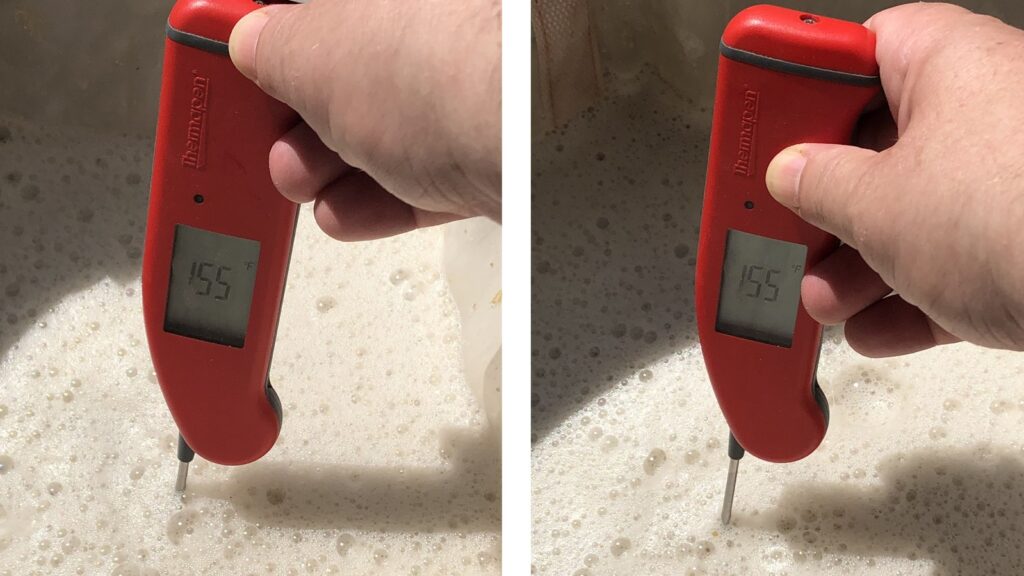
While the mashes were resting, I prepared the kettle hop additions.
Once each 60 minute mash was complete, I removed the grains then boiled the worts for 60 minutes, adding the sugar to one batch with 15 minutes left in the boil. I then quickly chilled the worts with my JaDeD Brewing Hydra IC before transferring identical volumes from each to separate fermenters.
Hydrometer readings showed both worts achieved the same target OG, indicating Brewfather’s calculations were spot on.
The filled fermenters were placed in my chamber and left to finish chilling to my desired fermentation temperature of 68°F/20°C for a few hours before I pitched a pouch of Imperial Yeast A10 Darkness into each.
At 5 days into fermentation, I added identical dry hop charges to both batches, then when signs of activity were absent another week later, I took hydrometer measurements showing a very minor difference in FG.
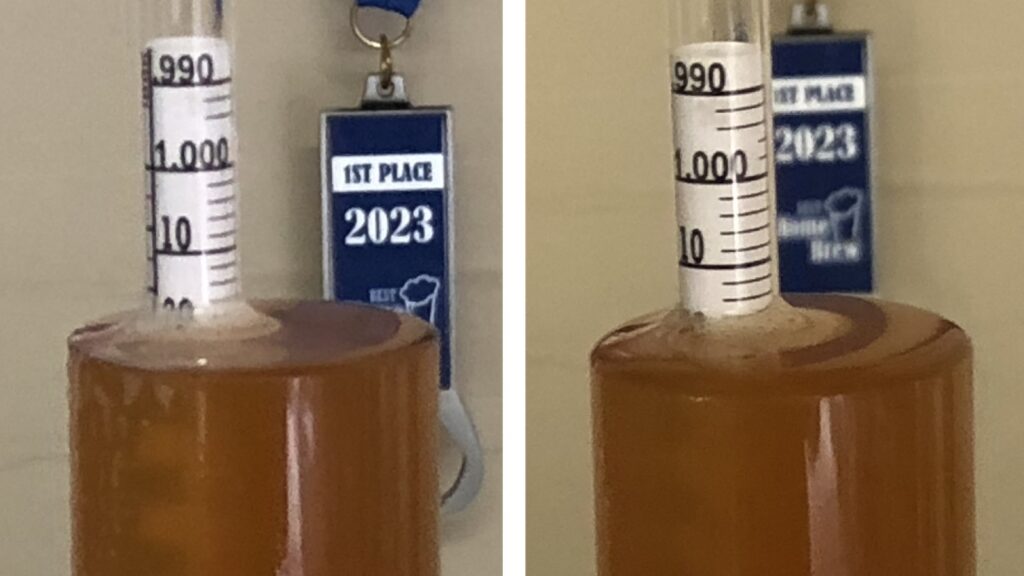
At this point, the beers were transferred to CO2 purged serving kegs and placed on gas in my keezer where they were burst carbonated overnight before I reduced the gas to serving pressure. After a week of cold conditioning, they were ready to serve to tasters.
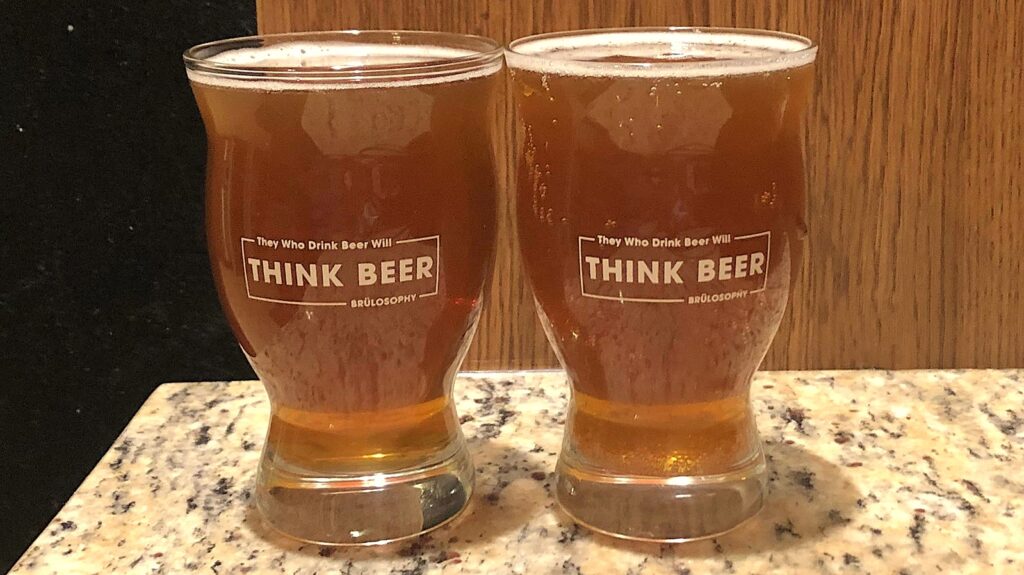
| RESULTS |
Shoutout to the organizers of the 2024 CHAOS Homebrew Club BrewBQ for allowing me to collect data at their event. A total of 36 people of varying levels of experience participated in this xBmt. Each participant was served 2 samples of the beer made with all malt and 1 sample of the beer made with 5% table sugar added to the boil in different colored opaque cups then asked to identify the unique sample. While 18 tasters (p<0.05) would have had to accurately identify the unique sample in order to reach statistical significance, only 16 did (p=0.11), indicating participants in this xBmt were not able to reliably distinguish a Double IPA made with all malt from one where a portion of the malt was replaced by table sugar.
My Impressions: Out of the 5 semi-blind triangle tests I attempted, I correctly identified the odd-beer-out 3 times, though admittedly, those were largely lucky guesses. I perceived both beers as being quite dry with a delightful hop pungency that melded well with the malt character I personally enjoy in Midwest-style IPA.
| DISCUSSION |
Whereas some brewers prefer to stick as closely to tradition as possible and generally mind the Reinheitsgebot, others enjoy using less common ingredients as a means of achieving some desired goal. Simple sugar is one such ingredient that, when added during the boil, is widely viewed as an effective means of boosting the strength of a beer while contributing little other perceptible qualities. Interestingly, tasters in this xBmt were unable to reliably distinguish a Double IPA made with all malt from one where a portion of the malt was replaced by table sugar.
In considering explanations for this result, it seems possible the amount of sugar used simply wasn’t enough to have the intended effect. However, in a past xBmt, tasters were unable to tell apart a Belgian Tripel made with 10% table sugar from one made with all malt. Perhaps the sheer strength of the beer or the higher hopping rates covered up any impact of the variable, which would be curious seeing as sugar often used in higher ABV styles.
I was surprised by these findings, as I’ve always believed the use of sugar in beer lends strength and dryness without adding any additional flavor or mouthfeel. My knee-jerk reaction was to write-off using sugar in place of malt, at least in stronger styles like Double IPA, as it apparently has minimal impact. However, it then occurred to me that table sugar is substantially cheaper than malt, and since using it doesn’t appear to negatively affect beer, subbing some in for a portion of grain is an easy way to save a little coin.
If you have any thoughts about this xBmt, please do not hesitate to share in the comments section below!
Support Brülosophy In Style!
All designs are available in various colors and sizes on Amazon!
Follow Brülosophy on:
FACEBOOK | TWITTER | INSTAGRAM
If you enjoy this stuff and feel compelled to support Brulosophy.com, please check out the Support page for details on how you can very easily do so. Thanks!


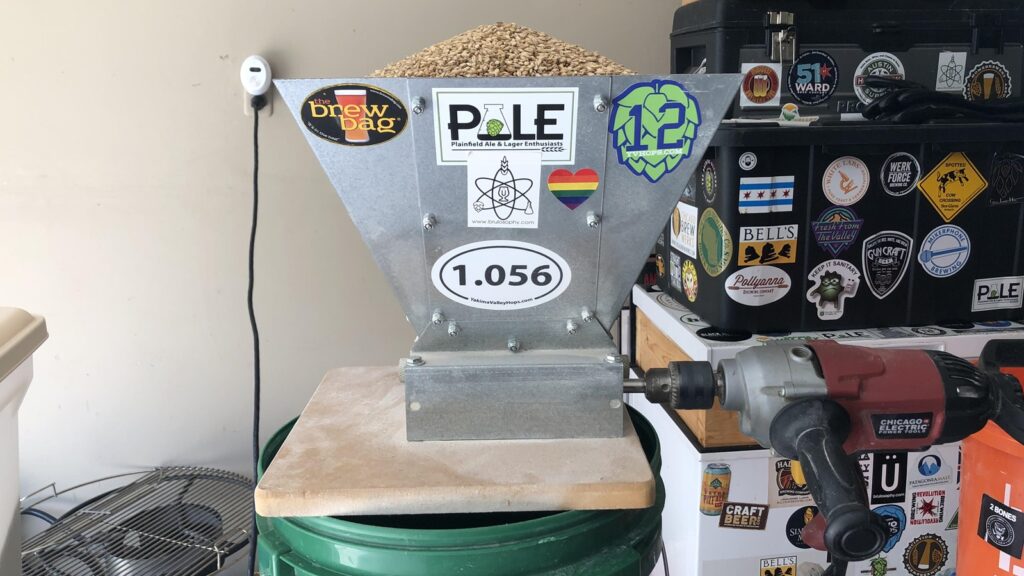
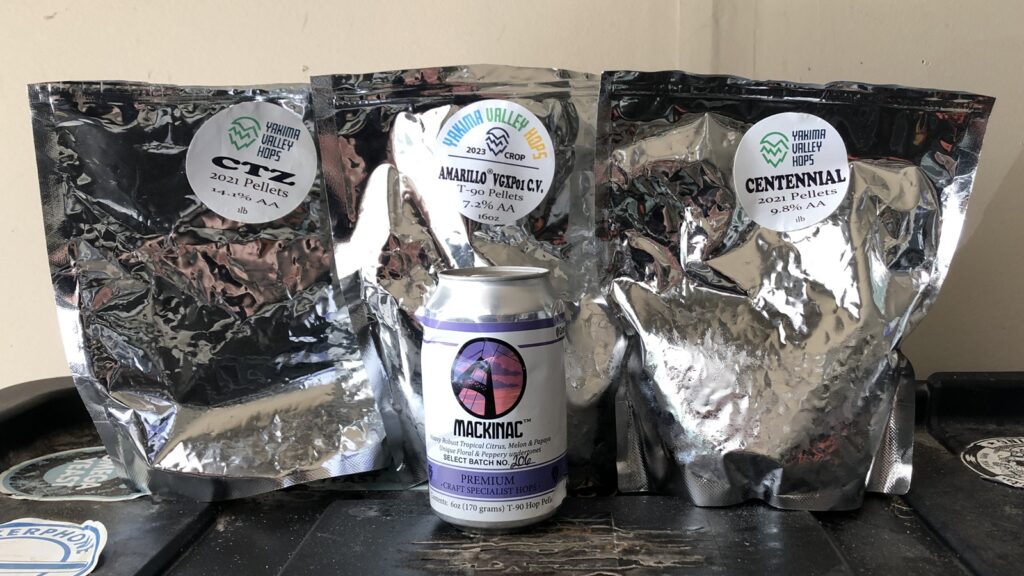
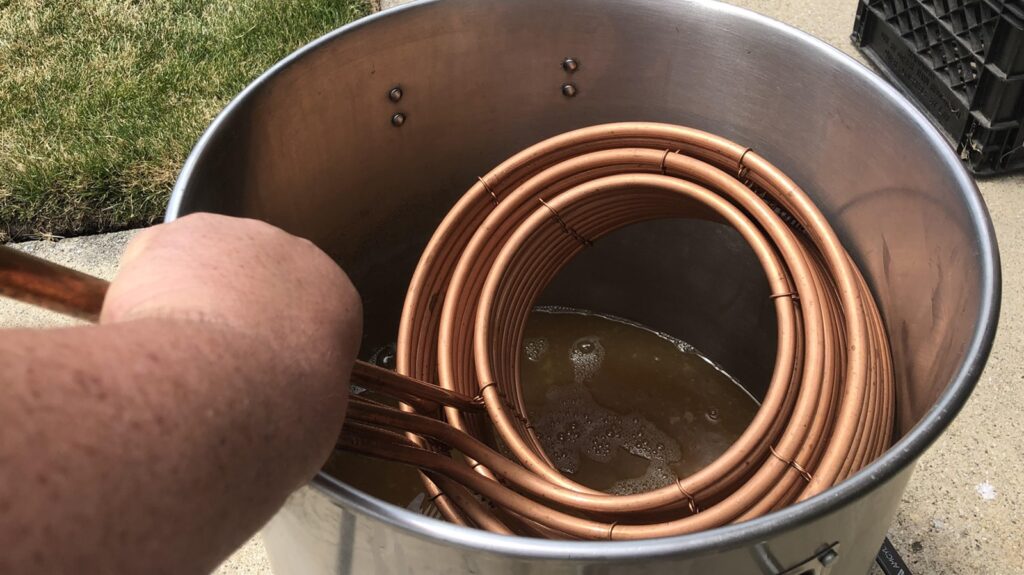
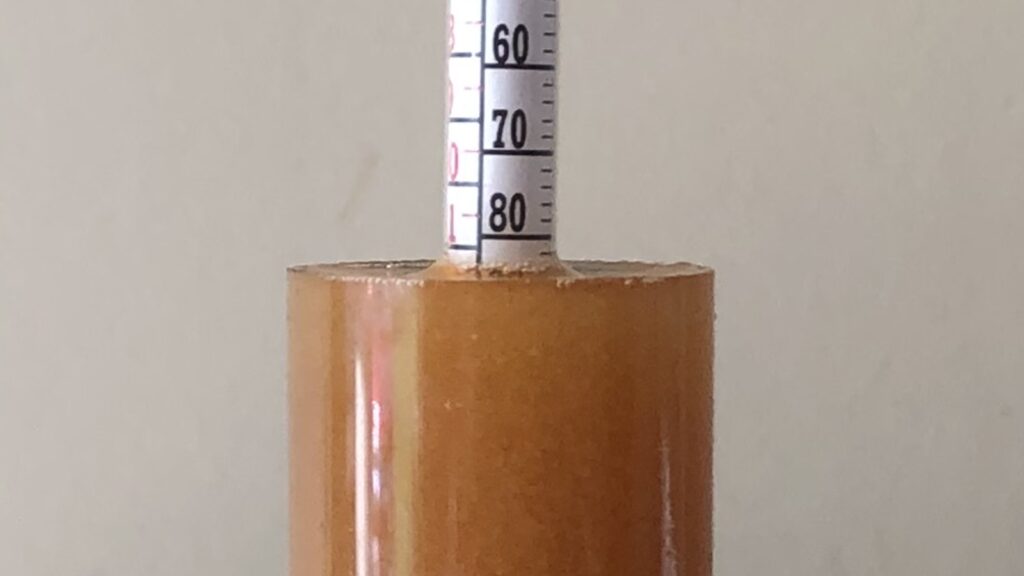
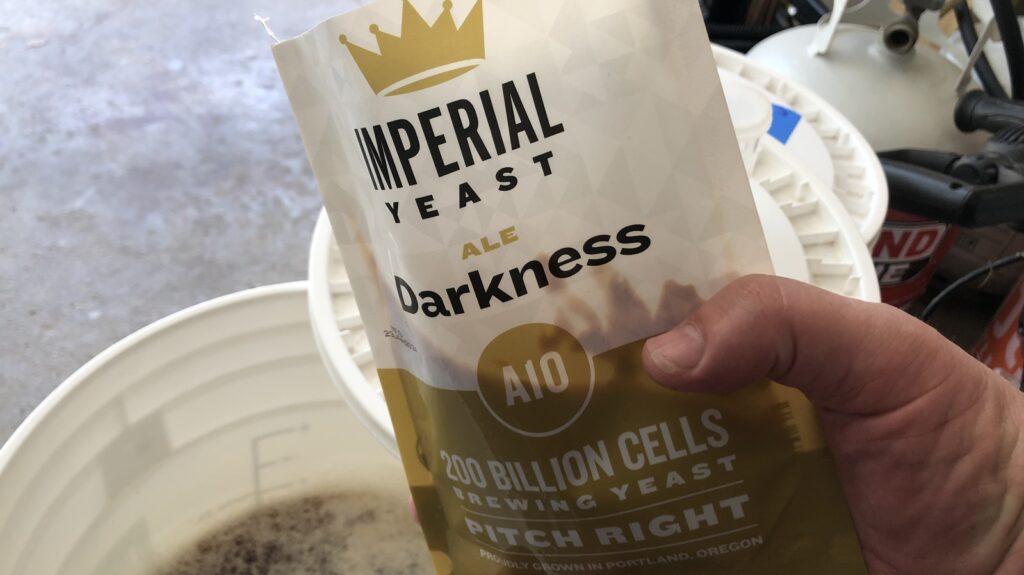






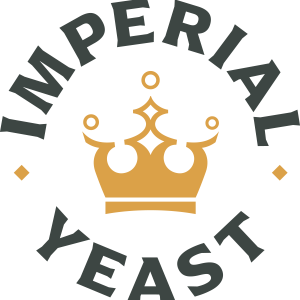

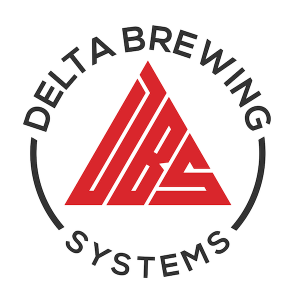
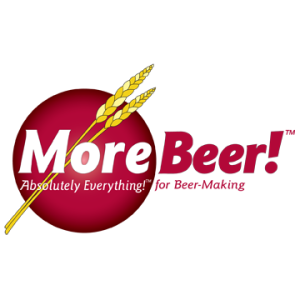
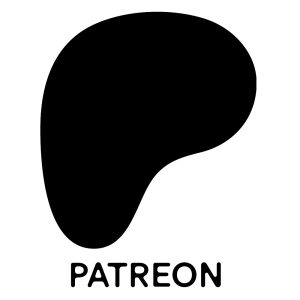
7 thoughts on “exBEERiment | Impact Adding Table Sugar To Wort During The Boil Has On A Double IPA”
why didn’t adding 12oz of sugar in your experimental batch cause it to have a higher OG than the control batch?
nevermind. just saw the note that the control batch had extra malt
I really appreciate these experiments and all that Brulosophy has to offer. On a purely stylistic (and admittedly nit-picky) note, the construction you often use in headlines (“Impact X HAS ON Y”) is like nails on a chalkboard to my writer’s ear. “Has on” being the offending phrase. Might I humbly suggest the use of “of”? That would make the above headline, “Impact of Adding Table Sugar to A Double IPA.” Again, nit-picky! But much less wonky. I hope you’ll take it under consideration. 🙂
This is a timely article. Thanks Steve. I’ve been thinking about a double IPA, but one consideration is the amount of malt needed in my 35ltr brewzilla. I find when I’m packing in more than 6kg of malt, efficiency drops and I’m teetering on the edge of spilling over and the recirc pump getting blocked. By using sugar and less grain on a higher abv beer with what seems like no ill effects, this could be the solution.
I’m looking forward to trying it out.
Keep up the good work. Cheers
Weird that you like a crisp and well attenuated IPA, and went with such a malt driven malt bill.
Regarding your comment “Whereas some brewers prefer to stick as closely to tradition as possible and generally mind the Reinheitsgebot, others enjoy using less common ingredients as a means of achieving some desired goal,” this was never the tradition. The Reinheitsgebot never applied to IPAs because the Reinheitsgebot was a law from the German government, and IPAs were an English style. It’s totally normal and traditional to add sugar to English beer styles. You’re not breaking any norms by doing this.
And regarding saving some coin by replacing a portion of malt with sugar, you could save even more coin by replacing a portion of malt with nothing! Previous experiments have shown tasters were unable to tell the difference between beers of different gravity. And that way, you could potentially save some coin as well as some liver! I mean the sugar is just converting to more alcohol, right? And the alcohol is the worst objectively toxic part of the beer. The real takeaway here is that perhaps we can make passable “double IPA” tasting beers without as much problematic alcohol.
Also are you really measuring malt amounts to three decimal places? You must have some precise equipment! 🤣
Cheers!
Some people enjoy the high alcohol, some people prefer low alcohol. I prefer low because I drink large quantities and don’t want to be drunk. Others want to get drunk for cheap (me when I started brewing) or enjoying sipping so they prefer something more boozy. I’ve always loved brewing as a career because you have to try to cater to customers of all types while still crafting what’s true to you